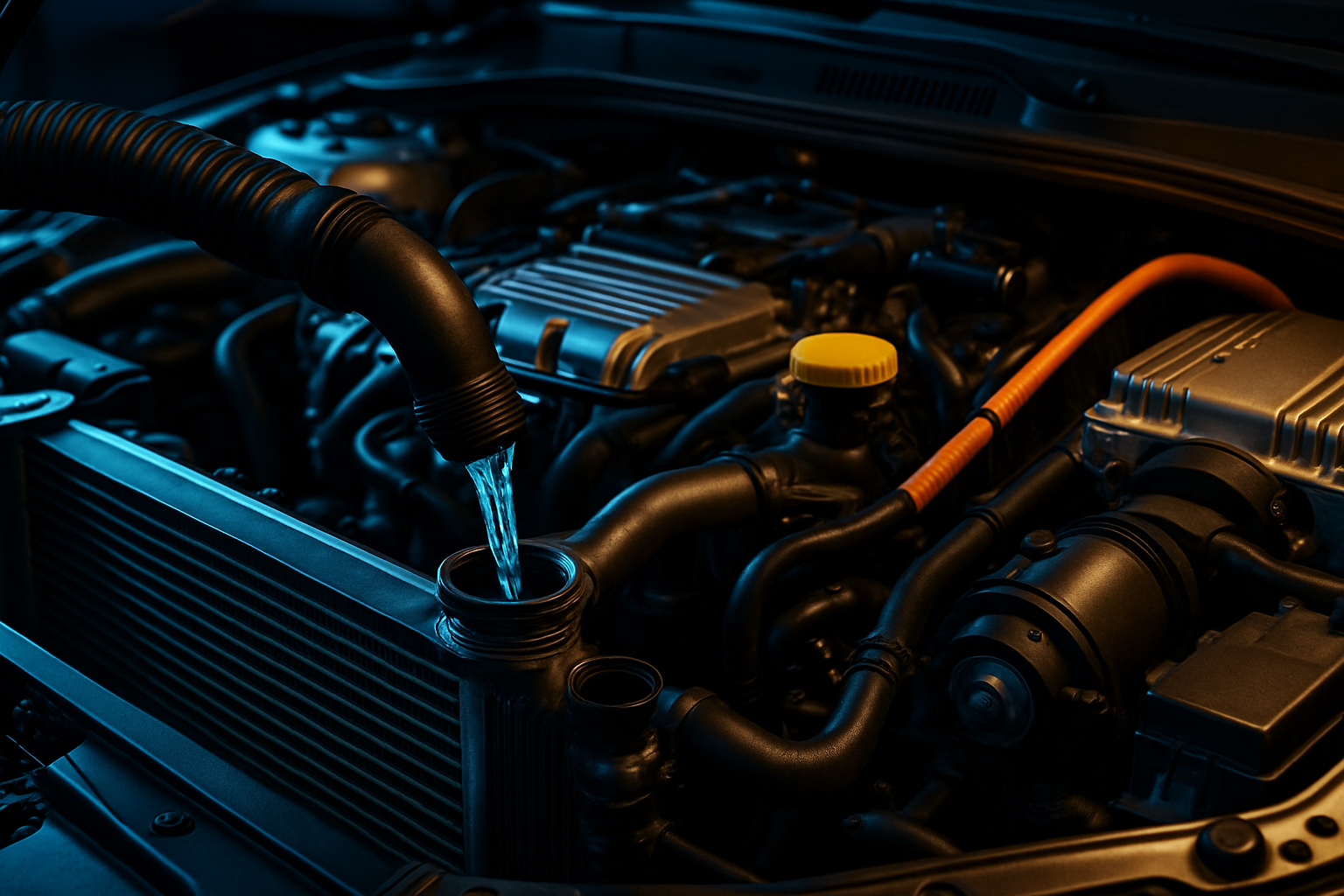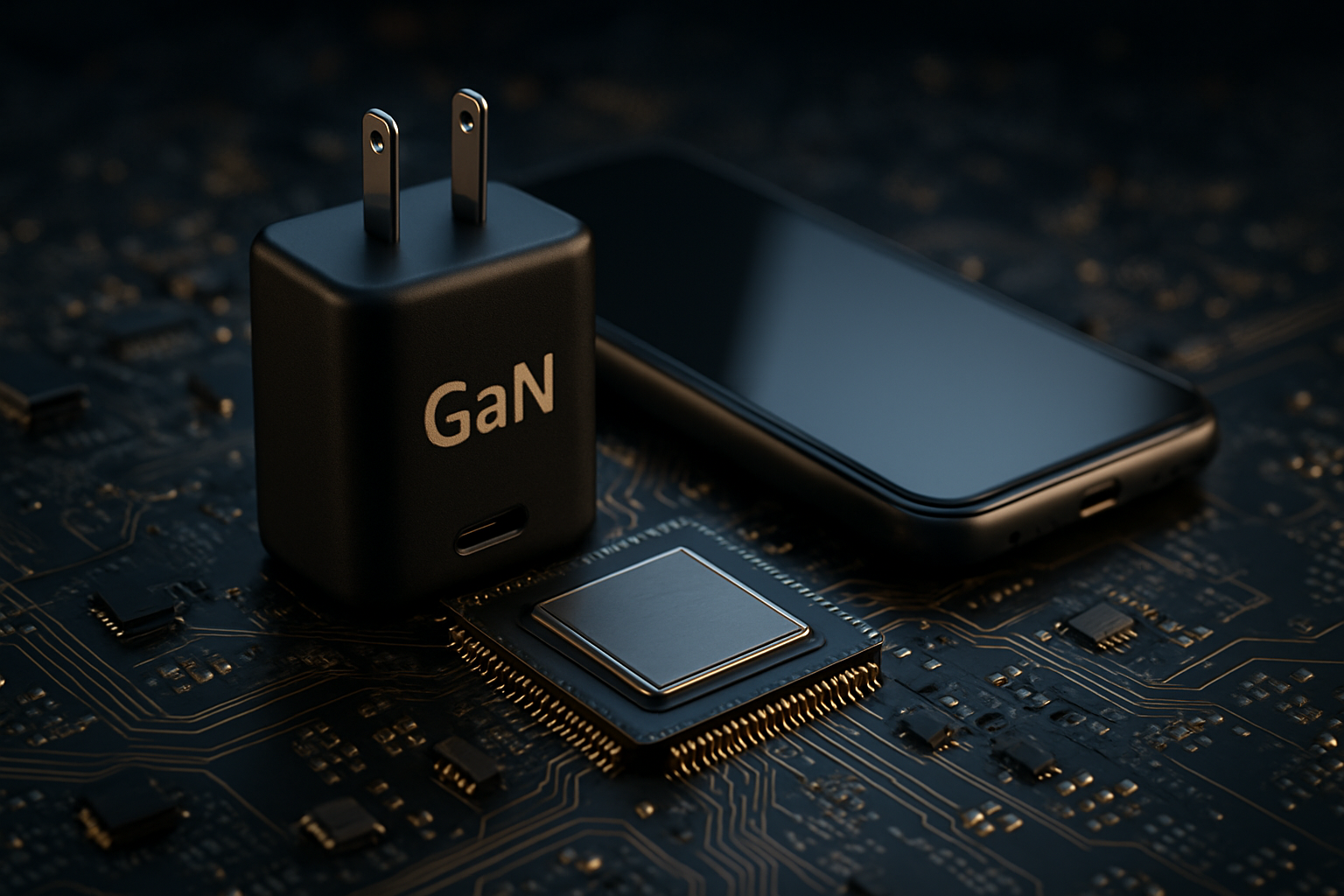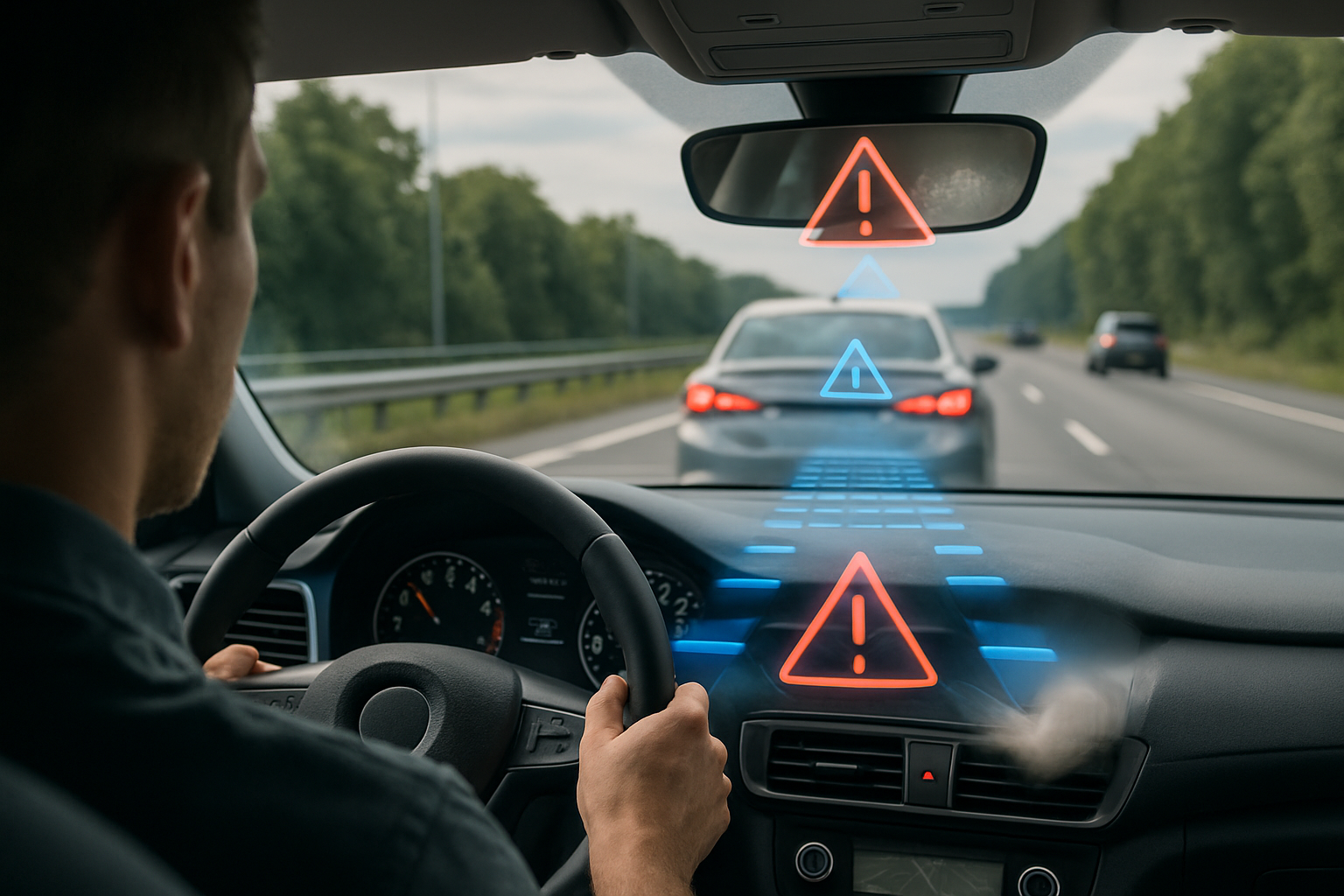"Revving Up: The Intricacies of Automotive Cooling Systems"
The automotive world has seen a plethora of advancements over the past century. However, there's one critical aspect that hasn't received the limelight it deserves—automotive cooling systems. Let's dive into its evolution, current trends, and the impact it has on vehicle performance.

The Genesis of Automotive Cooling Systems
The inception of automotive cooling systems can be traced back to the early 1900s, around the same time cars started becoming a mainstream mode of transport. Initially, cars relied on air-cooling methods, which were often inefficient and led to overheating. By the 1920s, advancements in technology introduced liquid-cooling systems that used water to absorb and dissipate heat from the car’s engine.
The Evolution of Cooling Systems
Over the years, automotive cooling systems have seen a myriad of changes. The simple water-based system evolved into a more complex system that uses a mixture of water and antifreeze, a coolant that helps maintain the engine’s temperature in both hot and cold conditions. This system, which includes a radiator, thermostat, water pump, and a series of hoses and valves, has become a standard in most modern cars.
Current Trends in Automotive Cooling
The automotive industry is witnessing a trend towards more efficient and environmentally-friendly cooling systems. One such innovation is the use of electric water pumps, which offer improved control over the coolant flow, leading to better fuel efficiency and reduced emissions. Moreover, advances in material science have led to the development of lightweight, high-performance radiators that further enhance the system’s efficiency.
Impact of Cooling Systems on Vehicle Performance
A well-functioning cooling system is crucial for optimal vehicle performance. It prevents the engine from overheating, thus ensuring its longevity. Moreover, it aids in maintaining the performance of other vehicle systems, such as the transmission system, by keeping their temperatures under control. However, a faulty cooling system can lead to engine damage, reduced fuel efficiency, and in severe cases, complete engine failure.
The Future of Automotive Cooling Systems
With the rise of electric vehicles, traditional cooling systems will have to adapt. Electric vehicles require cooling for their battery packs, electronic control units, and power electronics, necessitating a shift towards more advanced and efficient cooling methods. Experts predict a rise in the adoption of advanced materials, smart cooling strategies, and possibly even liquid nitrogen cooling methods in the years to come.
In conclusion, the unsung hero of automotive technology, the cooling system, is a testament to years of innovation and advancement. From the humble beginnings of air-cooled engines to the complex liquid-cooled systems of today, it has come a long way, constantly adapting to the evolving needs of automobiles. As we drive into the future, there’s no doubt that automotive cooling systems will continue to evolve, becoming more efficient, effective, and environmentally friendly.





